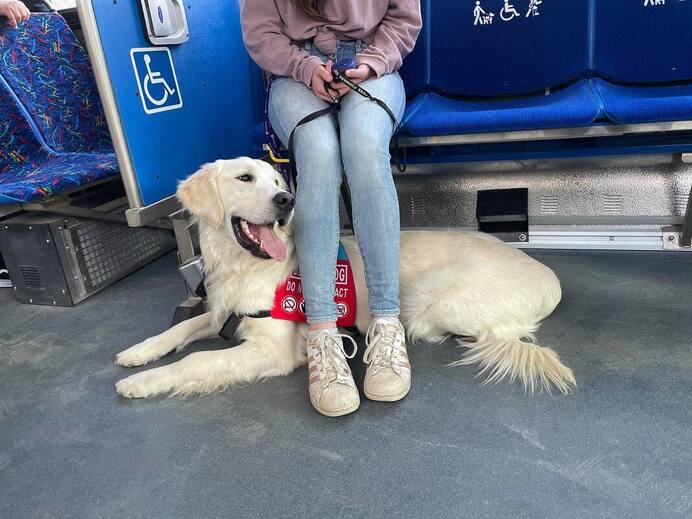 You have probably been researching this topic for a while and can't find a straight answer. I'm here to straighten everything out in this article about the legalities, cons and benefits of training your own service dog in Ontario Canada. You absolutely can train your own service dog in the province of Ontario. Many places may ask for a "certification" which if you look up online you will find many websites offering you that certification if you pay them an amount of money. These websites are 100% scams, please do not support them. ADI accredited schools will often give them to seeing eye dogs who help the blind. This can be confusing because its not a legal requirement in this province. According to the Accessibility for Ontarians with disabilities act there are 2 ways you can identify a service animal;
Your letter does not need to state the nature of your disability at all, just that you are prescribed a service dog.
To travel on an airline or out of province can be a bit trickier. Most airlines will accept a training letter which we give to clients we feel have put in the effort and their dogs are up to the task of being a service dog. This may be something that you could ask your own trainer to provide or speak to the airline about alternatives. It can also be tricky travelling inside Canada or internationally because service dog laws will differ with each province and international community. Its best to research the specific laws for the place you plan to travel to make sure you are within them if you plan to travel with your service dog. Stay safe!
0 Comments
 The Solar Eclipse will happen on April 8th 2024. According to NASA the eclipse will start in South Western Ontario at 2:04pm and end at 4:32pm with the most intensity around 3:20pm. You might wonder if this should have any effect on your dog? Should you be keeping them indoors? could it cause them stress? is it even harmful for them? Scientists have warned us not to look directly at the sun during the eclipse, and if you plan too there are special glasses that we are suppose to wear to protect our eyes. According to the Ontario Association of Optometrists, looking directly at the sun during an eclipse can cause burns, blurred vision or even permanent loss of vision. Your dog sees the world a little bit differently then you do. Dogs seldom look up towards the sky unless something flying overhead catches their eye. Have you even seen your dog look up to watch a bird fly overhead? They don't look up for long and certainly would not know to look at an eclipse (even when the sky darkens). The only study on the effect of an eclipse on dogs was in 1932 by the American Academy of Arts and Sciences. It suggested that some of the dogs did appear to become stressed as if there was an approaching thunderstorm but they could not determine if it was stress from the eclipse or just stress from being involved in the test. If you are worried that your dog may become stressed during the eclipse you should keep them inside. You could even crate your dog for a few hours during peak activity, giving them something long lasting to chew could also help distract them. A kong stuffed with yogourt or pureed pumpkin and then frozen over the night before would be an excellent choice. You could also try to distract your dog with some fun games or training in a quiet room. You should talk with your veterinarian if you feel your dog might have a strong reaction. Enjoy and stay safe! 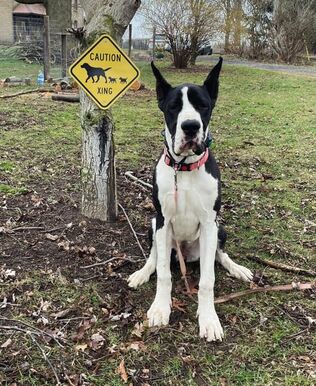 With a giant body and a personality to match its hard not to notice this giant dog breed. The Great Dane was developed over 400 years ago in Germany, where it was traditionally use for bore hunting (very few other dogs could bring down a wild bore). They were a popular breed for the upper class serving as prestigious guardians for estates and carriages. Now nicknamed the "Gentle Giant", they are known for their calm and gentle demeanour. They make peaceful, affectionate and loving pets that are easy to live with if you love big dogs! I would say that this breed would be an intermediate level of experience and education. They are easy to live with if you know what you are doing and have time to dedicate to training and socializing them properly. They are in the mastiff family so are slow growing and maturing, meaning they stay mentally young longer then faster maturing breeds like German Shepherds (for example). They can take up to 2 years to fully grow their massive bodes as well which can be quite delicate when they are young. Extra care must be taken with their diet when they are young, they are best kept lean while growing as their is massive strain on their joints and bones which are growing by the day it when they are puppies. You also must make sure they are getting the right amounts of nutrients as excess or deficiency in certain important minerals and vitamins can contribute to abnormal orthopaedic growth. Training should be similar to other breeds of puppy and I would always advise a group puppy class to get you started and then seeking further levels of training with a professional as needed. Special care must be taken when socializing this breed as they can be prone to genetic nervousness which can make them difficult to handle given their large size. They also are in the mastiff family and can be protective, I would make sure when selecting a puppy that you seek out a good breeder. A breeder who pays attention to the type of temperament that they are producing and actively works towards it. Manners can be especially important for these big guys and things like jumping up should be addressed right away. Leash pulling as well can be a big one as many of these dogs will outweigh their owner. Early training with food (the dogs meals not treats) should be part of your daily routine with your dog. Teaching the basics like sit and down but also thresholds (waiting at doorways) should be mandatory to prevent accidents (ie your or someone else getting knocked over). Crate training can be a challenge because of their massive size, I would still strongly encourage that you find (or have one made for you) a large enough crate that can be used for at least the first year. It will make training and management so much easier for both of you. Please contact us if you need help with your Great Dane.  Today 96% of dog owners are feeding their pet some kind of commercially prepared kibble. If you go back to a time before kibble existed for pet dogs you would see how difficult it was for manufactures to convince dog owners that kibble was a better option. In 1964 a smear campaign was launched against giving "human food" or table scraps to dogs. It was called the "ban all table scraps from your dogs bowl" champagne, it was very successful. In a 2005 study conducted at Purdue University on Scottish Terriers, the results showed that adding fresh vegetables to dry commercial kibble actually prevented or slowed down the development of transitional cell carcinoma. In the study, dogs ate a diet of dry commercial pet food, while some got an assortment of vegetables added to the mix at least 3 times per week. The study found that dogs who ate any green leafy vegetables, like broccoli, had reduced the risk of developing bladder cancer by 90% and the dogs that consumed any yellow/orange vegetables like carrots reduced the risk by 70%. Link to the Study here If preventing cancer was not a big enough reason to add some human food to your dogs diet, it can have several other benefits;
Here is a great list to pull from if you are looking for some safe toppers that your dogs will thank you for: The following is a quick check list of foods that you should NOT give to your dog; Alcohol - Apricot pits - Avocado
Chocolate - Chives - Coffee Grapes - Gum - Mustard seed Onions (powder and flakes) - Raisins - Rhubarb leaves Walnuts - Xylitol (sweetener)
I always advocate finding a professional if you are dealing with resource guarding. Below I have attached a video about how we deal with it here.
 Teaching a dog not to jump up on people involves consistent training, redirection, and positive encouragement. Here's a step-by-step guide on how to stop a dog from jumping up:
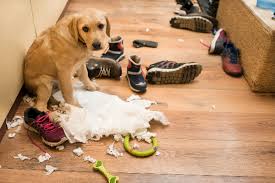 Preventing separation anxiety in dogs involves gradual training, establishing routines, and providing environmental enrichment to help your dog feel more secure when left alone. Here are some tips to prevent separation anxiety in dogs:
 To leash train a puppy, it is important to start by introducing the puppy to the leash gradually. Begin by allowing the puppy to sniff and explore the leash in a positive and calm manner. Once the puppy is comfortable with the leash, attach it to their collar and let them drag it around the house for short periods of time to get used to the feeling. Next, start by walking the puppy around the house or yard with the leash on, using treats and praise to encourage them to follow you. Gradually increase the distance and duration of the walks, always rewarding good behavior. Once your puppy gets pretty good around the house you can go for short walks around the block or even short trips into dog friendly stores like Canadian tire or Peavy mart. With a new puppy one of the best ways to reward them is by using their regular meals instead of treats. Puppies have are born with a naturally food drive and its best to take advantage of this extra motivation. Use these rewards to help your puppy learn not to pull and also heel (walking on the left side) Consistency is key in leash training, so make sure to practice regularly and be patient with your puppy. Remember to always use praise and avoid frustration, as this can create fear and anxiety in your puppy. With time and patience, your puppy will learn to walk on a leash confidently. |
AuthorSarah McMurdo ArchivesCategories
All
|
Paws Forward
|
What Customers Are Saying
|
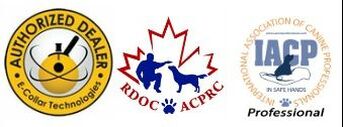
© 2018 All Rights Reserved - Paws Forward Professional Dog Training - 519-520-7899
|










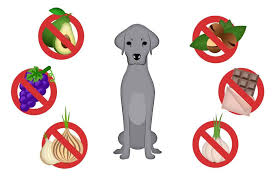
 RSS Feed
RSS Feed


